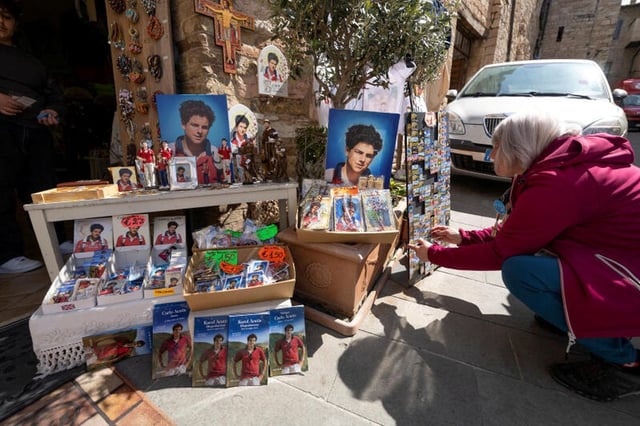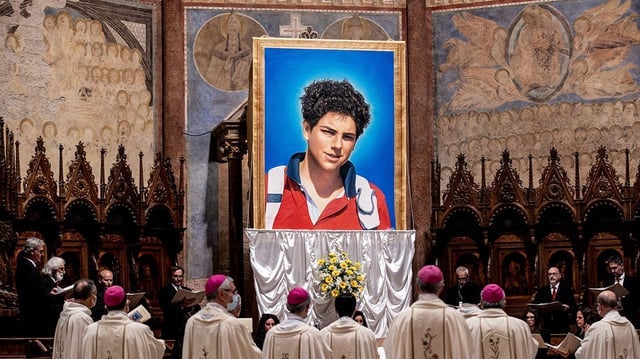Overview
- The canonization was rescheduled from April 27 after Pope Francis’s April 21 passing and was set during a consistory of cardinals.
- The ceremony at St. Peter’s Square will mark Pope Leo XIV’s first sainthood declaration and is expected to draw thousands of young faithful.
- Acutis, who died of leukemia at 15 in 2006, earned the nickname “God’s influencer” by creating an online exhibit of over 100 eucharistic miracles.
- The Vatican approved two miracles for his cause: the healing of a Brazilian boy’s birth defect and the recovery of a Costa Rican student from head trauma.
- He will be canonized alongside Pier Giorgio Frassati, underscoring the Church’s effort to connect with younger generations.



